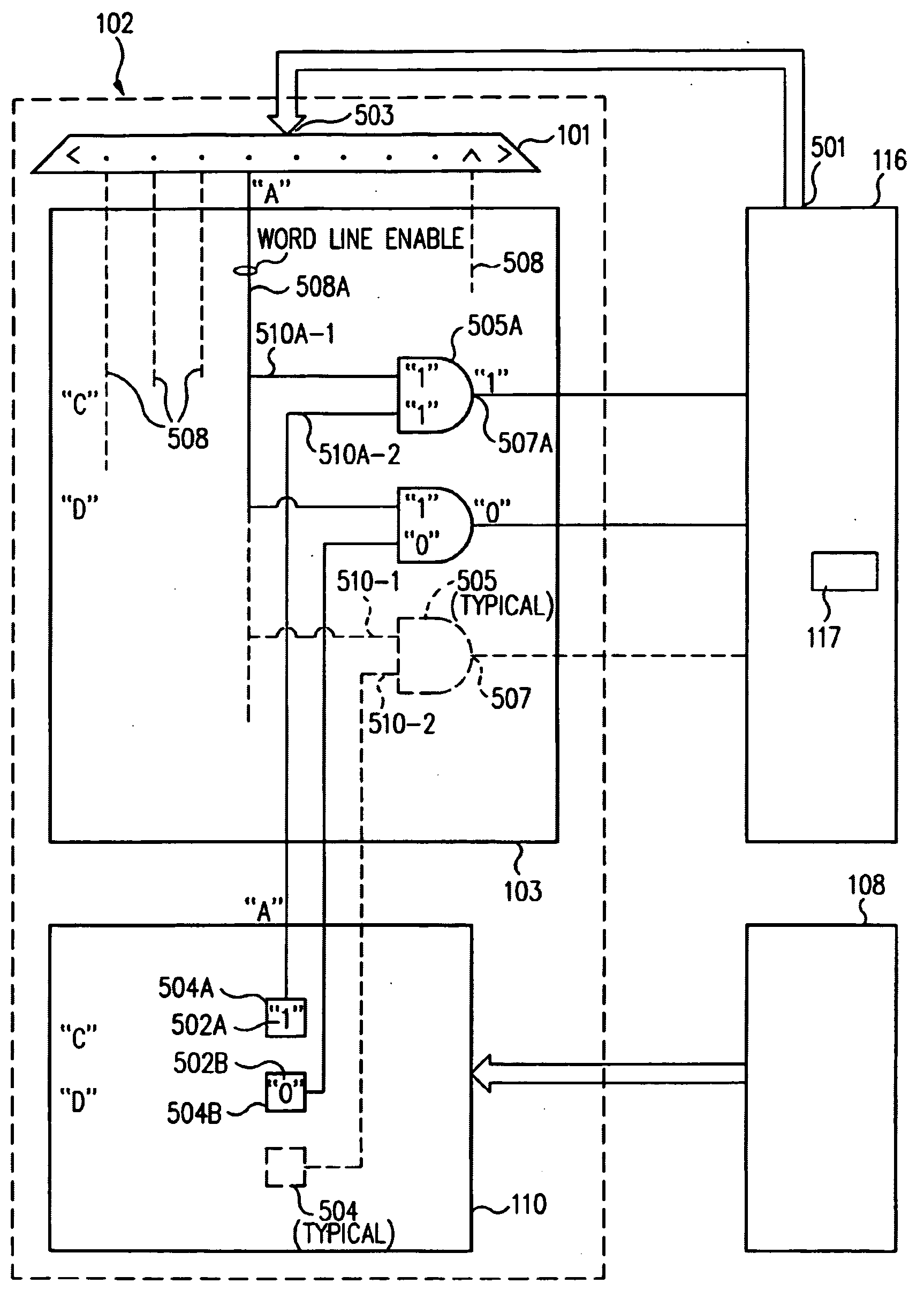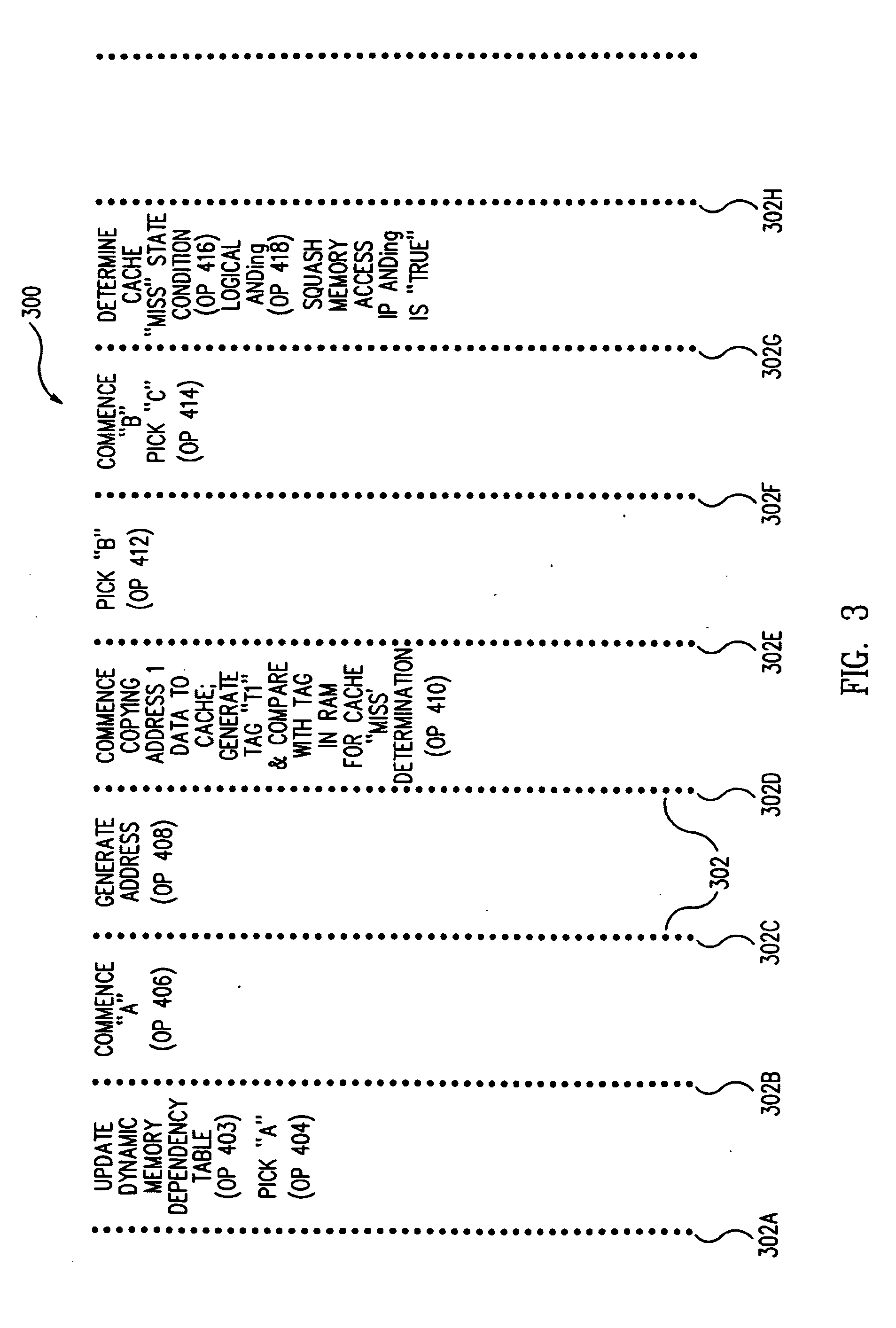Method and apparatus for avoiding cache pollution due to speculative memory load operations in a microprocessor
a microprocessor and cache technology, applied in the field of microprocessor cache memory storage, can solve the problems of one or more pipelines to wait, the execution unit of the execution pipeline cannot predict the time it may take, and the ability of the memory subsystem to supply instructions and data to the microprocessor, so as to eliminate cache pollution
- Summary
- Abstract
- Description
- Claims
- Application Information
AI Technical Summary
Benefits of technology
Problems solved by technology
Method used
Image
Examples
Embodiment Construction
[0042]FIG. 1 is a block diagram of a microprocessor system 100 including an embodiment of a cache pollution avoidance unit 102 according to the present invention for avoiding cache pollution due to speculative memory operations. Microprocessor program instructions from an instruction cache (not shown) are fetched by an instruction fetch unit 104 and decoded in an instruction decode unit 106 in a manner well known to those of skill in the art. As is also known in the art, as instructions are fetched and decoded, dependency states between producer load instructions and consumer load instructions are determined as “true” or “false” in a dependency checker 108.
[0043] Dependency checker 108 is coupled to an instruction scheduler 112. The dependency state conditions determined by dependency checker 108 are stored in instruction scheduler 112, which further contains an “n” wide instruction buffer 111. In one embodiment, instruction scheduler 112 uses the dependency state information to di...
PUM
 Login to View More
Login to View More Abstract
Description
Claims
Application Information
 Login to View More
Login to View More - R&D
- Intellectual Property
- Life Sciences
- Materials
- Tech Scout
- Unparalleled Data Quality
- Higher Quality Content
- 60% Fewer Hallucinations
Browse by: Latest US Patents, China's latest patents, Technical Efficacy Thesaurus, Application Domain, Technology Topic, Popular Technical Reports.
© 2025 PatSnap. All rights reserved.Legal|Privacy policy|Modern Slavery Act Transparency Statement|Sitemap|About US| Contact US: help@patsnap.com



